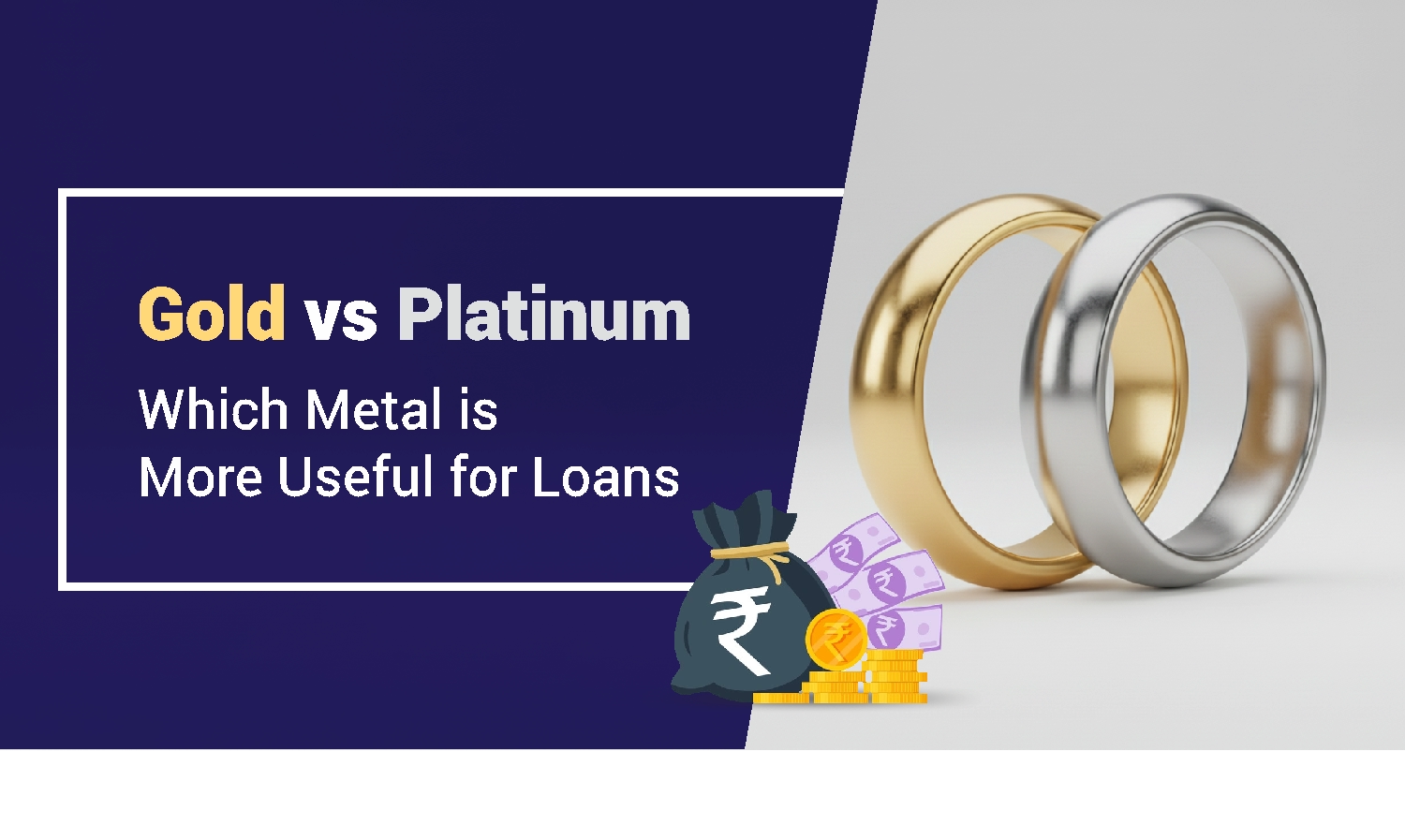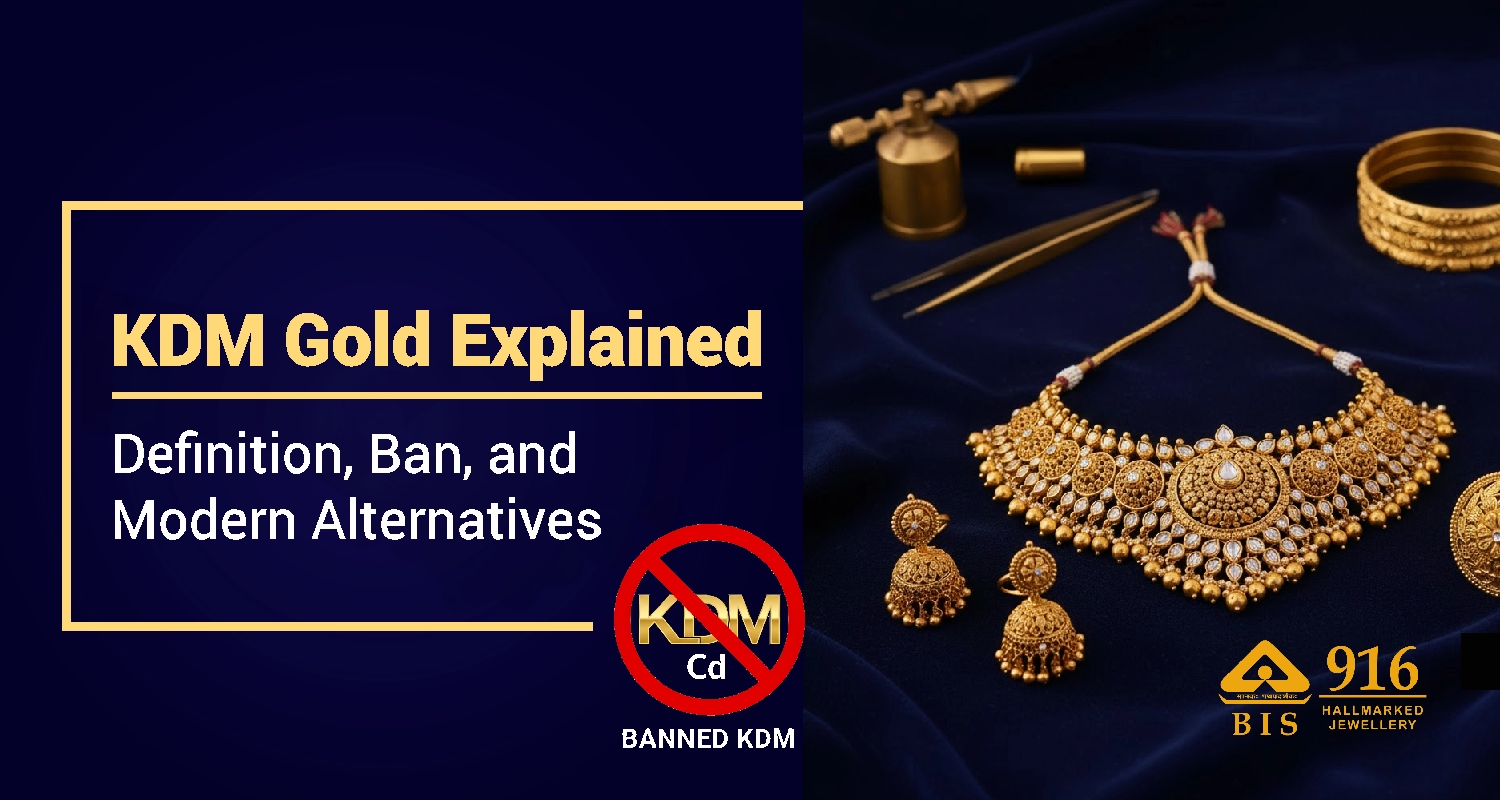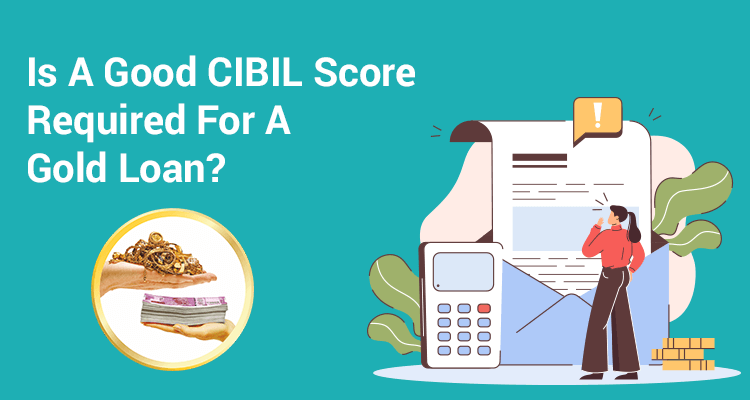How To Calculate Gold Loan Per Gram?

Investments in gold can prove to be a helpful asset in times of monetary requirement as you can mortgage it for a gold loan when the need arises. A simple and secured financial product, a gold loan allows you to borrow money by depositing your gold belongings as collateral. Banks, as well as non-banking finance companies (NBFCs), provide gold loan services. To better assess the value of your gold, you need to calculate the gold loan per gram.
In a world where financial needs often arise unexpectedly, we seek diverse avenues to secure quick and hassle-free loans. Gold loans have emerged as a popular choice, offering a unique solution by leveraging one's gold assets. To better understand this financial instrument, let's delve into the details of calculating the gold loan per gram rate.
What is Gold Loan Per Gram?
The gold loan per gram rate is the value assigned to each gram of gold used as collateral for a loan. It serves as the foundation for determining the loan amount you can avail against your gold assets. Unlike traditional loans, gold loans are secured by pledging gold jewellery or ornaments.
Let’s understand this calculation through an example.Suppose you own 50 gms of 24-carat gold, and the per gram rate of this gold is ₹3,000. This means that the value of your gold is ₹1,50,000 and you can get a loan of up to 75% of this amount, i.e. ₹1,12,500 against it.
Factors affecting Gold Loan Per Gram Rate
Apart from the purity and weight of the gold, the market rate of gold in your region will be a primary factor that affects the per gram rate for gold loans. Due to changes in demand, the gold prices keep fluctuating across India. Taxes and transportation costs may also affect the gold prices for the day. The gold rates change every day, thereby affecting the gold loan per gram rate.
For example, if you are applying for a gold loan in Maharashtra on a day when the gold price is ₹4,800 per gm and possess 50 gms of gold, you can avail of ₹1,80,000 as a gold loan (75% of ₹2,40,000).
Other Factors To Consider While Availing Of A Gold Loan
In addition to the weight and purity of the gold, a financier may also look at your monthly income while assessing a gold loan application. This gives the lender an idea of your repayment capability. It is wise to check your monthly income before starting the application process.
However, your credit score is not considered when availing of a gold loan. Therefore, if you have a low CIBIL score, you can procure a gold loan.
Get The Maximum Value For Your Gold With IIFL
IIFL Finance has a simple and hassle-free gold loan process that approves loan applications in 5 minutes and disburses the gold loan amount within 30 minutes. Experts at IIFL can swiftly assess the purity of the gold jewellery and the weight of the yellow metal to be used as collateral.
IIFL Finance also offers gold loans anytime, anywhere via its Money@Home Gold Loan scheme. The gold loan amount starts from as little as Rs 3,000 with no maximum limit. IIFL Finance’s simple and transparent gold loan schemes have helped its AUM from the business grow to Rs 16,228 crore as of March 31, 2022.
How to calculate gold loan rate per gram as per gold purity
Calculating the gold loan rate per gram based on gold purity involves a straightforward process. Follow these steps:
Calculating Gold Loan Per Gram Rate
Let's break down the calculation process into simple steps to understand how the gold loan per gram rate is determined.
1. Gather Information
Before diving into calculations, gather essential information:
Purity of Gold: Identify the karat of your gold.
Weight of Gold: Determine the total weight of the gold items you plan to pledge.
Market Rate: Stay updated on the current market rate of gold per gram.
2. Calculate Total Value of Gold
Multiply the weight of the gold by the current market rate per gram to find the total value:
Total Value of Gold = (Weight of Gold in Grams) x (Current Market Rate per Gram)
3. Determine LTV Ratio
Understand the lender's Loan-to-Value (LTV) ratio, which represents the percentage of the gold's value they are willing to lend. LTV ratios vary among lenders and may range from 60% to 75% or more.
4. Calculate Loan Amount
Multiply the LTV ratio by the total value of gold to determine the potential loan amount:
Loan Amount = (LTV Ratio) x (Total Value of Gold)
By following these steps, you can easily determine the gold loan rate per gram based on the purity of the gold assets.
Example Scenario
Let's walk through a simple example to illustrate the calculation process:
Suppose you have 50 grams of gold, and the current market rate is Rs. 3,000 per gram. If the lender offers an LTV ratio of 70%, the calculations would be as follows:
Total Value of Gold = 50 grams x Rs. 3,000 per gram = Rs. 150,000
Loan Amount = 70% x Rs. 150,000 = Rs. 105,000
In this scenario, you could potentially avail a loan of Rs. 105,000 based on the pledged gold, market rate, and the lender's LTV ratio.
Factors Influencing Gold Loan Per Gram Rate
Several factors come into play when setting the gold loan per gram rate. Understanding these elements is crucial for borrowers to make informed decisions.
1. Purity of Gold
The purity of gold, measured in karats, significantly influences the per-gram rate. Higher-purity gold attracts a higher value per gram. Common purities include 18 karats, 22 karats, and 24 karats.
2. Current Market Rates
Gold loan per gram rates are closely tied to market rates. These rates fluctuate based on global economic conditions, demand and supply, and geopolitical factors. Regularly checking market rates helps borrowers stay informed.
3. Gold LTV Ratio
The LTV (Loan to Value) ratio determines the percentage of the gold's value that a lender is willing to provide as a loan. A lower LTV ratio results in a higher per-gram rate, as the lender adopts a more conservative approach.
A gold loan offers many advantages, making it a convenient and accessible financial solution for individuals in need.
Benefits of Gold Loan
Gold loans come with multiple advantages that make them one of the most accessible and flexible borrowing options in India. Here are the key benefits:
- Gold Loan EMI Calculator
Helps borrowers accurately estimate the loan amount instantly based on the current market value of their pledged gold.
- Competitive Interest Rates
The jewel loan interest rate is generally lower than unsecured loans since the loan is backed by gold as collateral.
- Secured and Affordable Borrowing
The gold loan rate of interest remains low because it’s a secured loan, reducing the lender’s risk and the borrower’s cost.
- Easy Application Process
Applying for a gold loan is simple and hassle-free, with most lenders offering online application options.
- Flexible Repayment Options
Borrowers can choose from repayment tenures tailored to their financial comfort.
- Minimal Documentation
Only basic gold loan documents like ID proof and address proof are required, ensuring a quick approval process.
- Instant Disbursal
Pledging gold for a loan ensures fast disbursal, often within hours of approval, making it perfect for urgent financial needs.
Tips for Borrowers
Understanding the calculation process is essential, but being a savvy borrower involves more. Consider the following tips:
1. Compare Lenders
Different lenders offer varying LTV ratios and per gram rates. Compare multiple lenders to secure the best terms based on your financial needs.
2. Stay Informed about Gold Prices
Keep yourself updated on gold prices. Timely information empowers you to make decisions that maximize your loan amount.
3. Understand Terms and Conditions
Thoroughly read and understand the terms and conditions of the gold loan. Pay attention to interest rates, repayment tenure, and any additional charges.
Conclusion
Navigating the world of gold loans becomes simpler when armed with knowledge. The gold loan per gram rate, although seemingly complex, can be understood through a straightforward calculation process. By considering the purity of gold, current market rates, and the lender's LTV ratio, borrowers can make informed decisions and confidently utilize their gold assets to meet financial needs. Remember, the key is to stay informed, compare options, and choose a gold loan that aligns with your requirements.
Get Gold Loan at the comfort of your home
Apply NowFrequently Asked Questions
The market value of your gold is calculated according to the per gram market rate of gold on the day of the loan application. If you are pledging gold ornaments or jewellery, only the parts that are pure gold are considered valuable; other metals, stones, and gems are excluded from the calculations.
The weight and purity of the gold as well as the gold prices in your region on the day affect the gold loan per gram rate.
At IIFL Finance, the minimum gold loan amount starts from ₹3,000. The value of your gold determines how much you can borrow. For instance, if the current 30-day average market rate of 22-karat gold is ₹8,147 per gram, then 1 gram of gold can fetch a loan of up to ₹8,147, depending on purity and valuation.
However, as per RBI guidelines, lenders can offer up to 75% of the gold’s market value — known as the Loan-to-Value (LTV) ratio. So, in this case, you could avail approximately ₹6,110 (75% of ₹8,147) as a loan amount for every gram of 22K gold pledged with IIFL Finance
The Loan-to-Value (LTV) ratio represents the maximum percentage of your gold’s market value that a lender can offer as a loan. For example, if your gold is valued at ₹1,00,000 and the LTV ratio is 75%, you can borrow up to ₹75,000.
A higher LTV ratio means you get a larger loan against your gold, while a lower LTV ensures safer borrowing with reduced repayment pressure. As per RBI guidelines, IIFL Finance can offer up to 75% of the gold’s value, balancing borrower convenience and financial security.
Disclaimer : The information in this blog is for general purposes only and may change without notice. It does not constitute legal, tax, or financial advice. Readers should seek professional guidance and make decisions at their own discretion. IIFL Finance is not liable for any reliance on this content. Read more




